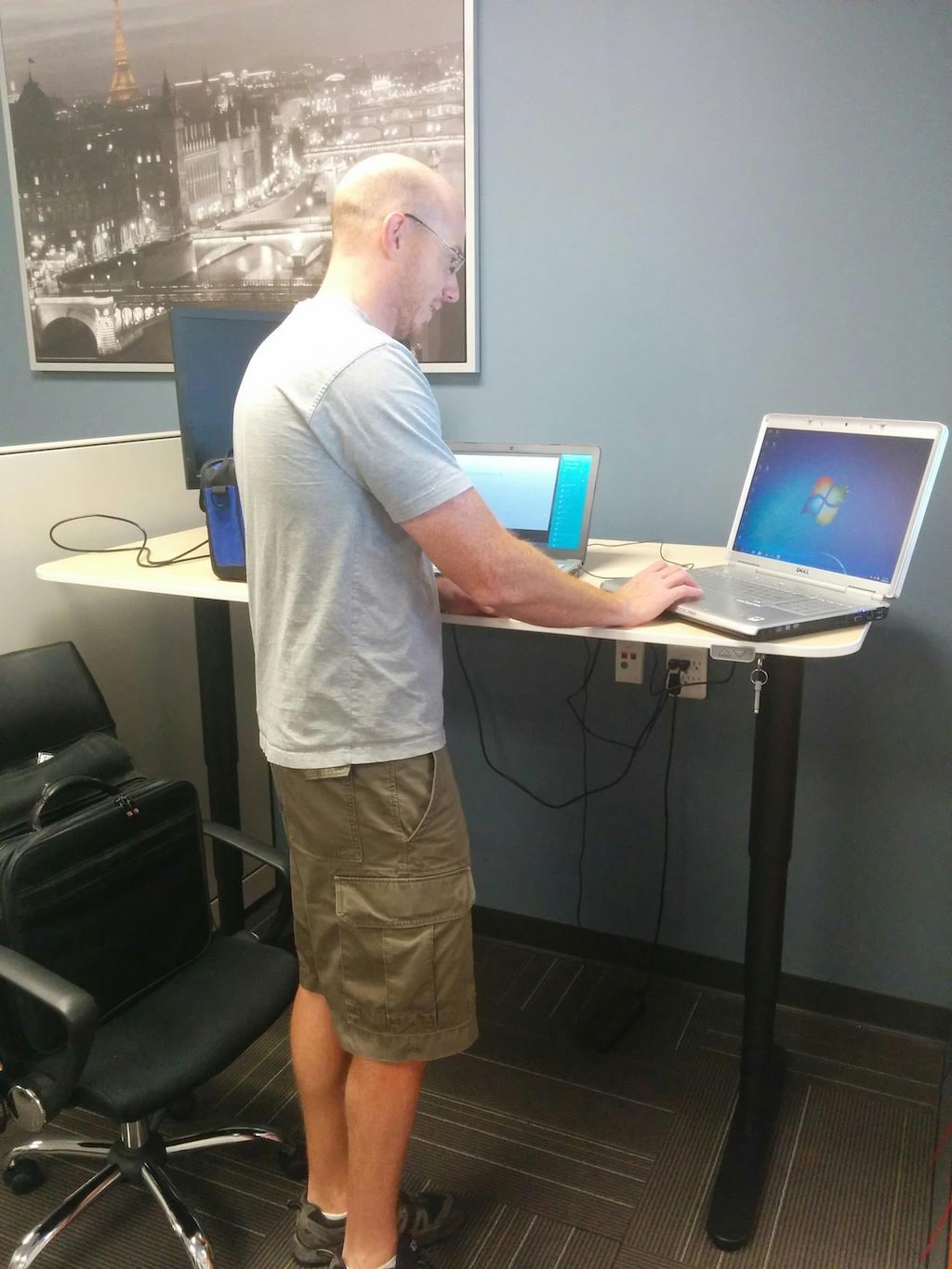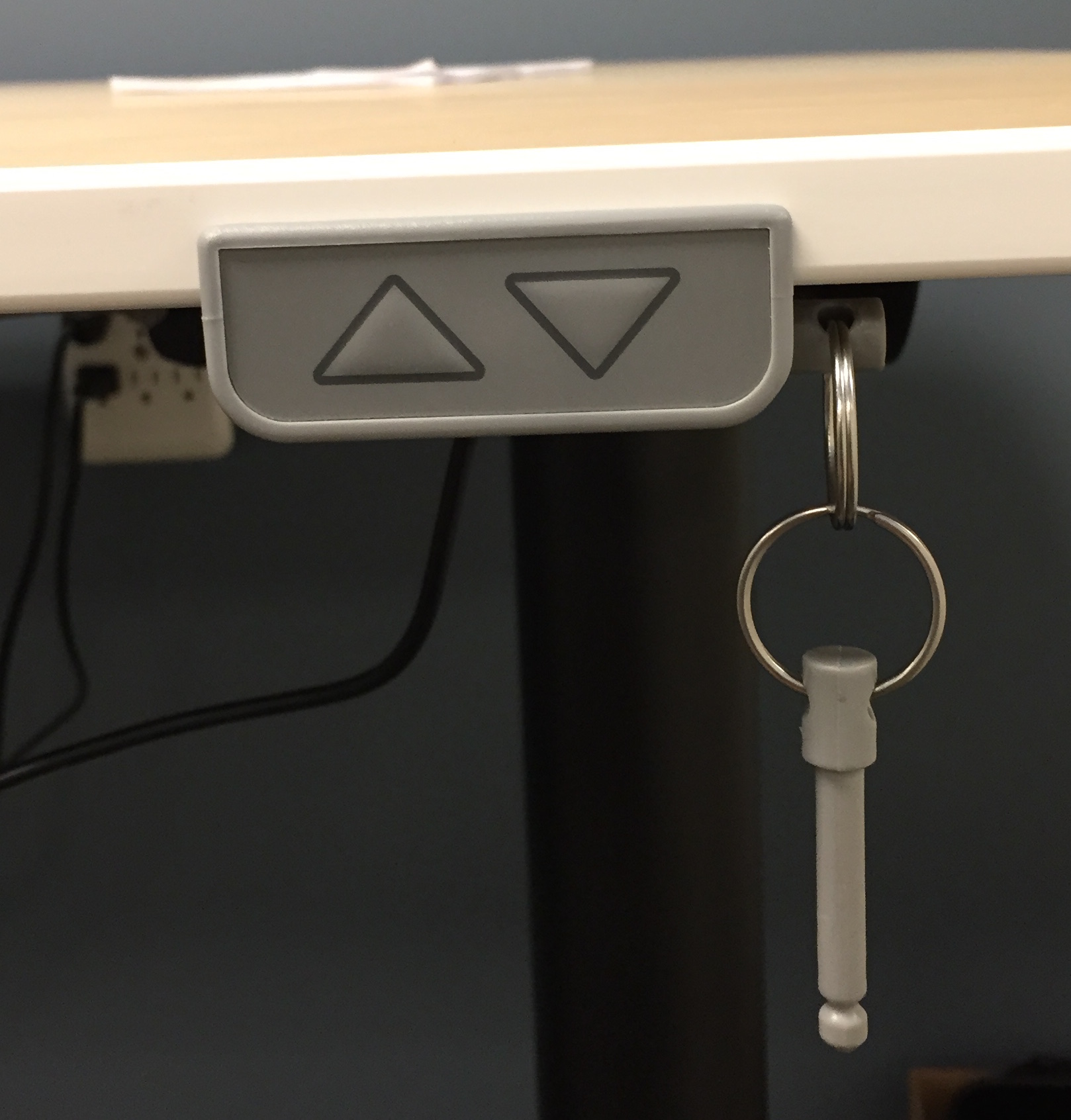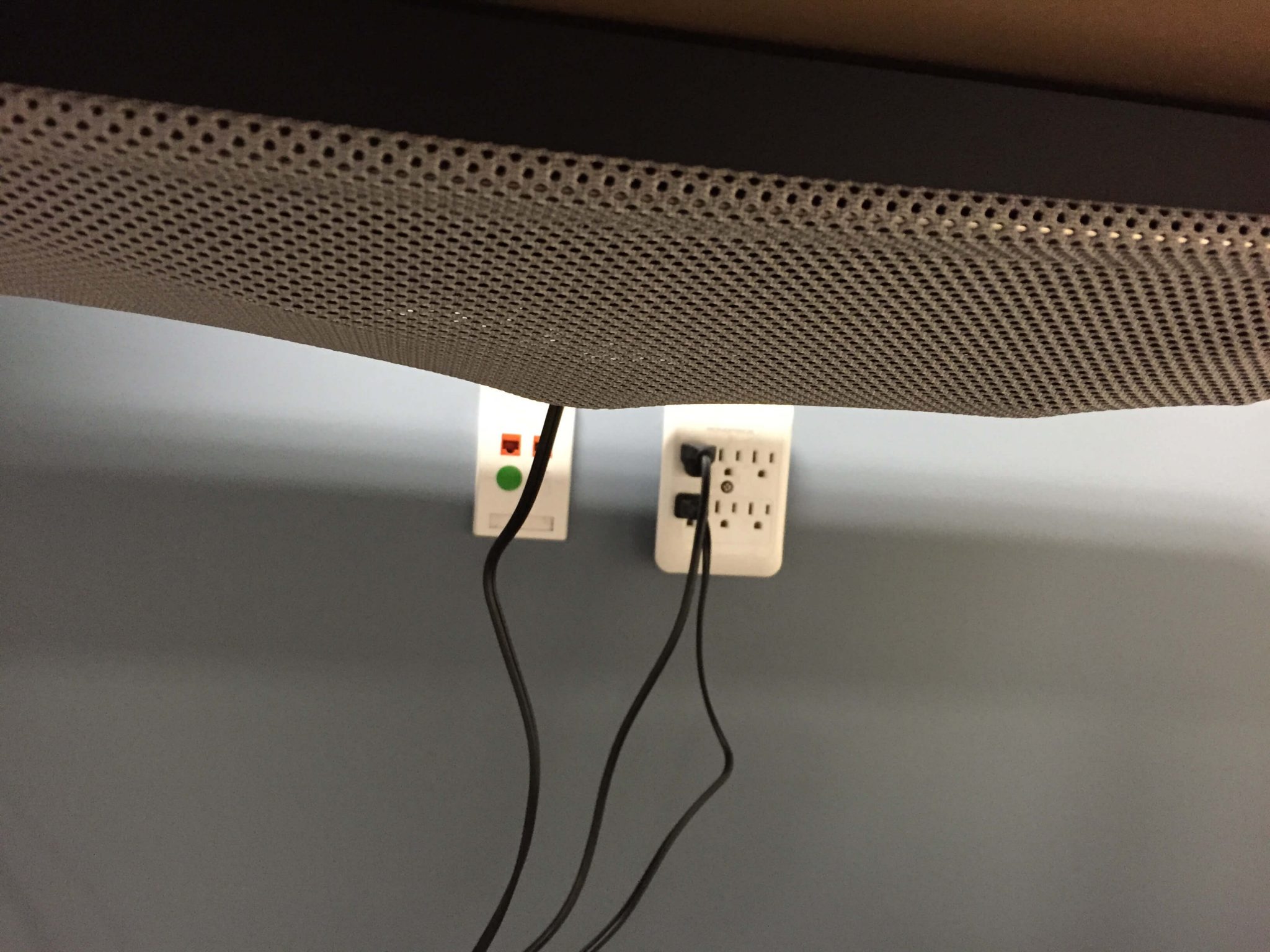Anyone who has worked in an office in the last 10 years has heard about standing desks and how amazing they are supposed to be for your health. The core benefits range from reducing the risk of obesity to reducing the risk of cancer, so it’s understandable why a lot of companies are taking notice. That being said, standing all day can also have some negative effects on one’s body so many desk manufacturers make desks that can move up and down either manually or at the touch of a button. Until this year, most of the standing desks were rather pricey ($1000 to $5000); however, this year, IKEA unveiled the Bekant Sit and Stand Desk for $599 (CDN) As such, we at 14 Oranges decided to get a standing desk and do our own research in the name of science (yeah science!) based on nothing more than our personal user experience.

Our experiment was off to a slow start because the Bekant IKEA desk was backordered for weeks but when it finally arrived we were off to the races. The first thing that we noticed was that it was surprisingly easy to put together which is rare for anything from the Jenga prison of IKEA. Also, the desk even included a little net underneath so you can stash all your computer cables neatly (finally I won’t rip them out when I cross my legs!). As advertised, the desk moves neatly from a low position of 22” off the ground, all the way to 48” inches ensuring support for even the tallest of people (myself and Iain included). Not sure about LeBron though, he isn’t returning my calls. Raising and lowering the desk is stupidly easy- just a push of a button. It also has a key so that every time you come back from the bathroom your desk isn’t at a new height. The desk is very sturdy and doesn’t wobble even at its highest position.

One of the issues that we found is that desk in only one size (63” by 31 ½”) compared to the stationary version of the Bekants that come in 3 sizes. Most of our workstations were designed to be 60” so unfortunately we could only get one to start with and share it.

So far, our usage as varied. We have Iain (shown here) and Sylvain (sometimes) that typically likes to start their day on it but then move back to their stationary desk after lunch. I have tried it but found that standing at the desk for long periods of time wasn’t for me. Here’s what I officially had to say about it:
“I worked retail for six years and by hour three I’d be hunched over the counter with an aching back. I definitely felt that ache again, but this time I could just succumb to my sloth and sit down. I also noticed I tended to shift my weight from one foot to the other which doesn’t seem like the wisest move”
The other use we found with the desk is that it is really easy to collaborate on a task with someone side by side. You don’t have to worry about the chairs bumping against each other.
Our conclusions so far are quite positive. It is not for everyone but for those that want to have the option to stand for some periods of the day, the Bekant Sit and Stand desk is quite a nice solution, especially for the price.

One thing we will try in the next few weeks is to “Frankenstein” a desk using a tabletop from the 55” stationery Bekant desk line with the base assembly from the Sit and Stand line. All that is required is to cut two long metal bars by a few inches and drill two holes in the bar. Then drilling holes in the 55” tabletop so the base can attach properly.
Stay tuned for more on that experiment!
UPDATE: Read about it here.

Share This Article